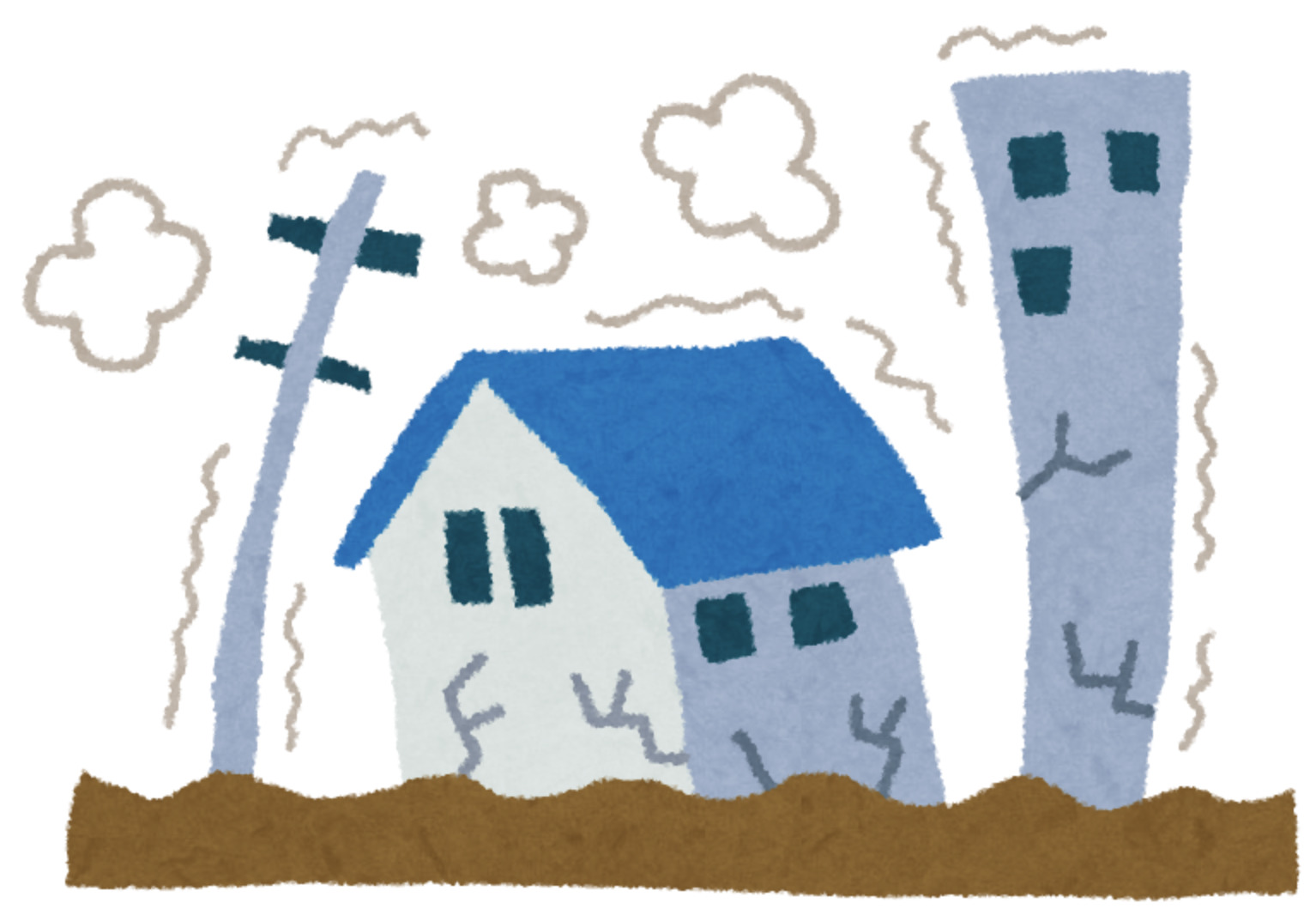Recently there were major earthquakes in Turkey and Syria, and many buildings were ruined. In Japan, many earthquakes occur every year, but few buildings collapse. The main cause for this will be explained.
Building codes
Japan has strict building codes that require all new buildingsto be designed to withstand earthquakes. These codes are constantly being updated to reflect the latest research and technology in seismic engineering.
Foundation
Japanese houses are built on deep foundations that extend below the ground to provide stability during earthquakes. The foundation is usually made of reinforced concrete or steel, which can absorb the shock waves from an earthquake.
Structural design
Japanese houses are designed with a wooden or steel frame structure that allows the building to sway during an earthquake without collapsing. The walls are not load-bearing, which means they can move independently from the rest of the structure.
Roof design
Japanese houses typically have lightweight roofs made of wood and tiles. This design reduces the weight of the roof, which can help prevent it from collapsing during an earthquake.
Seismic isolation
Some modern Japanese buildings also include seismic isolation systems, which use shock absorbers or other devices to reduce the effects of an earthquake on the building. These systems can significantly reduce the amount of damage caused by an earthquake.
Overall, the combination of strict building codes, deep foundations, flexible structural design, lightweight roofing, and advanced seismic isolation technologies have made Japanese houses some of the safest in the world when it comes to earthquake resistance




Comments